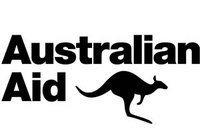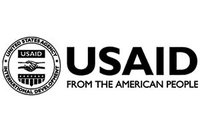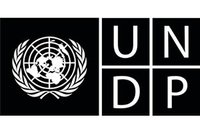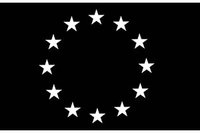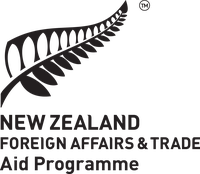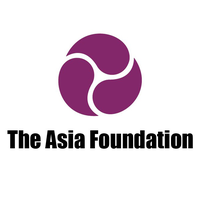Beyond Compliance: Approaching government transparency as an Opportunity rather than an Obligation
Opening up data creates an opportunity to ensure it is centralised, accurate, and well organised. This benefits the government and its public servants as much as it does the general public.
Transparency is often framed as a one-way street: a government publishing data to make it available to the public and provide information to its citizens. The fact that transparency also benefits data publishers themselves, whether they be governments or otherwise, is too often missed.
Transparency initiatives are benefiting governments across the world in a range of important ways. In Ukraine, the introduction of a transparent procurement platform is estimated to have saved the government an entire 10% on public spending. In Indonesia, the One Data initiative is being used to help different government agencies work together on joint goals.
In Taiwan, the vTaiwan initiative, where citizen civic hackers collaborate with the government on proposals of public interest, allows lawmakers to implement decisions with a greater degree of legitimacy.
In the case of vTaiwan, transparency goes beyond sharing information to inviting others to respond to that information in novel ways. vTaiwan has notably led to the regulation of UberX, and to a crackdown on the posting of non-consensual intimate images.
What makes systems of transparency sustainable and successful in the long run is ensuring that they benefit all stakeholders: government data officers, decision makers, and citizens. Finding this alignment of benefits is not just a side effect of successful transparency projects, rather it is the core design requirement.
For citizens, transparency systems should illuminate what their tax money is contributing to. For data officers, they should make their work easier. For decision makers, they should inform their planning and lead to improved accountability. Together, data management systems focused on collaborative transparency often lead to much better organised and accurate data than before.
In Papua New Guinea, we are currently co-designing and developing a management system for the Service Improvement Program. The platform allows Provinces and Districts to report on locally-run projects funded by a national block-grant.
This helps the Central Government make sense of how funds are being used, but it also helps Provinces and Districts themselves organise their project data in a much clearer way than they previously had. Aligning the incentives across the levels of government is creating a virtuous cycle to support continued transparency. .
A lot of our efforts are focused on the data entry interface, which we recently redesigned to be more intuitive and adapted to local users. We predict that the quality of this interface, which is much easier to use than the previous spreadsheet-based tool, will incentivize data officers to record data more actively. This will in turn benefit the quality of project data and increase transparency.
This benefits decision makers, who can then use high quality tools that harness reported data to make more informed policy decisions. Transparency projects also benefit data officers, who get access to a fit-for-purpose data platform that is much easier to manage than the mix of paper and spreadsheets traditionally used to maintain data.
In some instances, transparency can even create an opportunity to collect data that was previously absent from any government records. For example, one of the governments we worked with had no data on how major government projects aligned with the country’s national development goals.
This data needed to be collected first before it could be communicated transparently to the public, and thereafter it was also used internally within the government to measure their progress.
As we approach 2030, the year that the world is supposed to achieve the Sustainable Development Goals, the importance of governments tracking progress this way cannot be overstated.
When transparency initiatives are set up to benefit all stakeholders in these ways, crucially including governments themselves, they are an opportunity rather than an obligation.
This article was written by Raphael Merx, our Head of Governance and Transparency. To learn more about Catalpa, head on over to our website or follow us on Facebook, LinkedIn, and Twitter.
